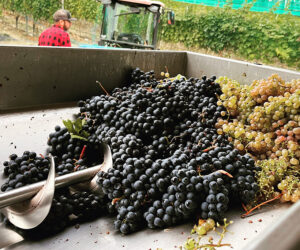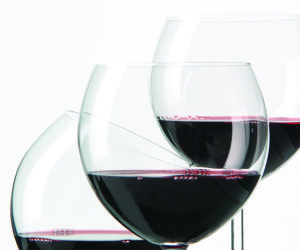Thinking outside the bottle
For most wines produced, bottling is the final task. It is generally regarded as a laborious and expensive procedure — a kind of necessary evil — that literally seals the fate of the wine, for better or for worse. But it is not the only option! Kegging your wine is a viable alternative that can help you produce the freshest, best tasting, and most sustainable wine possible.
How to Keg Your Wine
In the end, a keg is different from a carboy or a barrel in one fundamental and important respect — it can be pressurized. It is this ability that produces most of the advantages. There are several types of pressure-tolerant kegs on the market, but not all of them can be used at home.
Types of Kegs that Can be Used
In order to clean and fill a keg, it will be important that it can be opened. Yes, we can hear the sarcastic reply, “Thanks, Mr. Obvious.” But not all kegs can be easily opened. In order to make them safe for distribution, commercial kegs are generally sealed in such a way that it is nearly impossible to open them. Thankfully, there are several other options for the home winemaker:
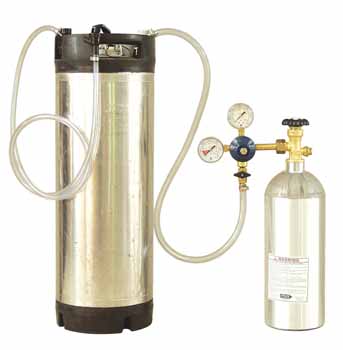
If having sparkling wine on hand is a goal of yours, a simple draft setup with a carbon dioxide tank and regulator is easy to put together. Photo courtesy of MoreWine!
Soda/syrup kegs (Corny kegs): This style of keg was originally manufactured for the distribution and serving of Pepsi and Coca-Cola. The soda companies have long since abandoned them in favor of boxes of syrup connected to a dispensing system that blends the syrup at the faucet with carbonated water. The kegs were produced en masse and can be found easily throughout the country, either used or newly made. They have many nicknames based on either the manufacturer or the disconnect system. The most famous of the manufacturers, Cornelius Company, is the source of the most prevalent nickname — Cornelius, or “Corny” keg.
More important than the nickname or manufacturer, however, is the disconnect system used. Pepsi and Coca-Cola developed different systems to ensure each was incompatible with the other, to the despair of those owning both types of kegs.
The Pepsi disconnect system is referred to as ball-lock and uses ball bearings to make the connection.
The Coca-Cola disconnect system is referred to as pin-lock and uses pins twisted into corresponding grooves to make the connection.
Sanke kegs: Sanke kegs are the current beer industry standard. You will find them behind every bar, everywhere. But, generally, these kegs cannot be used because they cannot be opened and closed easily. The internal spear that draws the beer to the tap is kept in place by a retainer ring that is extraordinarily difficult to remove.
Some homebrew/wine shops carry a Sanke-type keg that can be opened at home. The spear is screwed into place using threads and, therefore, can be removed and replaced easily.
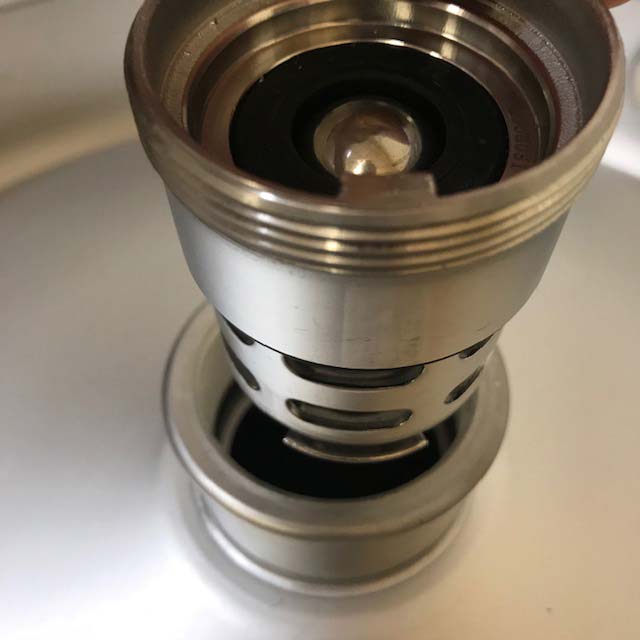
Mini kegs: There are many types of “mini kegs” brought to market in recent years. Most of them use a mini-regulator to dispense small CO₂ cartridges of gas into the keg. We would advise that you avoid that type of gas system unless your goal is to produce tiny kegs of sparkling wine.
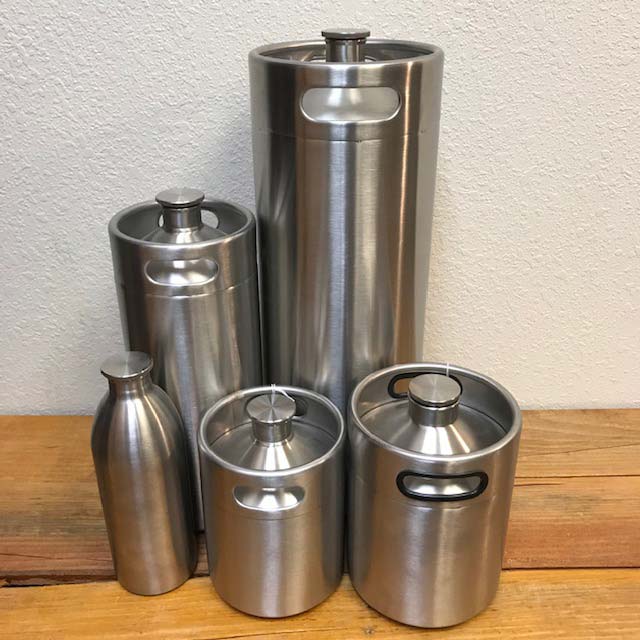
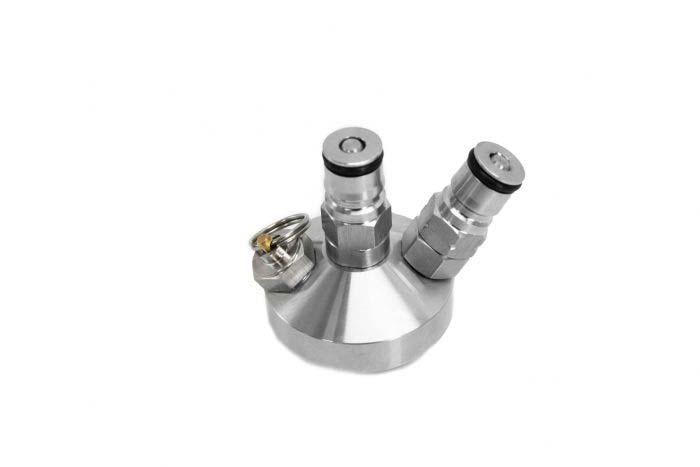
Some of these mini kegs can be accessorized with ball-lock soda keg posts, which will allow you to connect any type of gas (such as nitrogen). These are a great option for a kegging program because they allow you to easily take your kegged wine on the go.
Types of Kegs to Avoid For Home Wine Purposes
Standard Sanke kegs: Any Sanke kegs with a spear held in place by a retainer ring is inappropriate for home wine kegging. By removing the spear permanently, they can be used as a storage vessel or fermenter, but it is generally impractical to re-seal them to hold pressure.
“One-Way” PET kegs: PET (polyethylene terephthalate) kegs have become popular in the wine and beer industry to cheaply distribute their beverage “one way,” never to be returned. For home use, they suffer the same issue as most Sanke kegs — the closure cannot be easily opened and closed for cleaning and filling.
Types of gases that can be used
The keg pressure must be provided by an inert gas: Argon, nitrogen, or CO₂. All three should be available at your local welding gas supplier or well-stocked homebrewing/winemaking shop. You should get comfortable with the differences between these gases, and the equipment needed to dispense them, before you set up your wine keg system.
In the end, a keg is different from a carboy or a barrel in one fundamental and important respect — it can be pressurized.
The most important factor to consider when choosing a gas is deciding whether or not you want your wine sparkling. For still wines, argon or nitrogen are better choices, as they are much less soluble into the wine than CO₂. CO₂ will always carbonate the wine at least a little, even at room temperature. For sparkling wine production, CO₂ is the right approach.
If you are not interested in sparkling wines, an argon- or nitrogen-based keg system will keep your red, white, and rosé wines preserved and pouring without carbonation at whatever temperature you desire. Argon is very similar to nitrogen in behavior, but it is a much heavier gas, making it very useful for displacing air space in tanks before filling them.
If you review carefully the comparative weights of the gases in Table 1, you’ll note that nitrogen is lighter than air, while both argon and carbon dioxide are heavier than air. Argon is what scientists call an “inert noble gas” meaning it does not react with wine or other substances. Nitrogen undergoes some reactions, but acts as an inert gas with wine. Carbon dioxide reacts with wine only to the extent that it dissolves and partially dissociates, producing bubbles and dissolved carbonic acid.
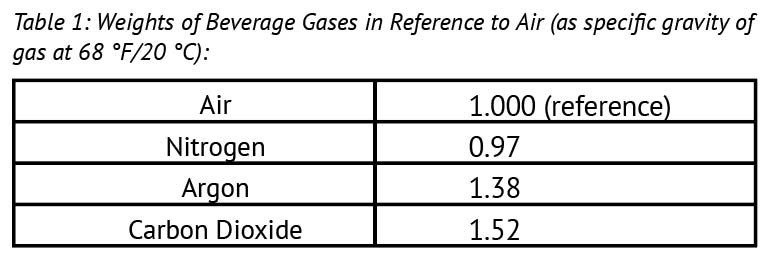
The heavy weight of argon and carbon dioxide can be a great advantage because they can be used to temporarily displace air in open spaces. Argon is the most expensive of these gases, however, so if you choose to work with it be sure you are not wasteful and that you have pressure-tested the whole system to avoid leaks.
Equipment Needed
There isn’t a whole lot of equipment necessary to set up a basic draft system. You can easily find homebrew draft systems at most homebrew shops. However, these systems will often contain chromed brass parts that will corrode in the presence of wine acid and SO2. Take some care to avoid non-stainless steel metal parts.
For discussion, we like to split draft systems into two sides: The gas side and the beverage side.
On the gas side you will need:
- Gas tank (argon, nitrogen, or carbon dioxide)
- Gas-specific regulator (be sure to get the proper regulator for your type of gas) and potentially a tank adapter.
- Food-grade gas line and hose clamps
- Gas disconnect
On the beverage side you will need:
- Keg (typically a 5-gallon/19-L stainless steel soda keg)
- Beverage disconnect (stainless steel is ideal to prevent corrosion of non-stainless metal parts from sulfite and acid in the wine)
- Food-grade beverage line and hose clamps
- Tap/faucet (food-grade plastic or stainless steel)
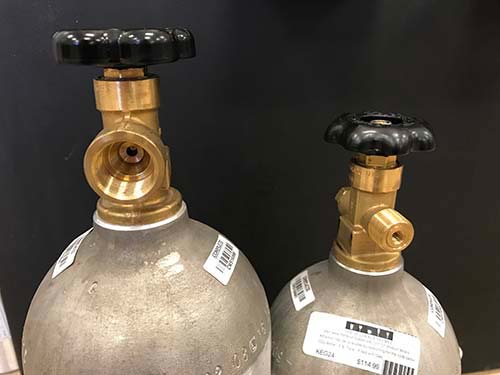
Right: Tank with CGA-320 CO2-style male threads. Photo courtesy of the Beverage People
Optional Accessories and Tools
If you are using more than one disconnect system, you may want to invest in adapters to more easily interchange between the systems.
Flare hose barbs — these allow you to remove a disconnect from the tubing without cutting the tubing and replace it with a different type of disconnect. They can only be used with flare end disconnects, so pay attention as you select your disconnects.
Sanke to ball-lock adapters — if you are using both Sanke and ball-lock kegs, these are great.
The following tools will come in handy (several found in picture below):
- Brushes to clean the kegs and faucets, and keg line cleaners (such as BLC).
- Faucet plugs
- Faucet wrench
- Pin-lock socket to remove posts from pin-lock kegs
- 7⁄8-in. combination wrench with star pattern on one side, and 7⁄8-in. hex on the other side. This tool will allow removal of the posts on many ball-lock kegs.
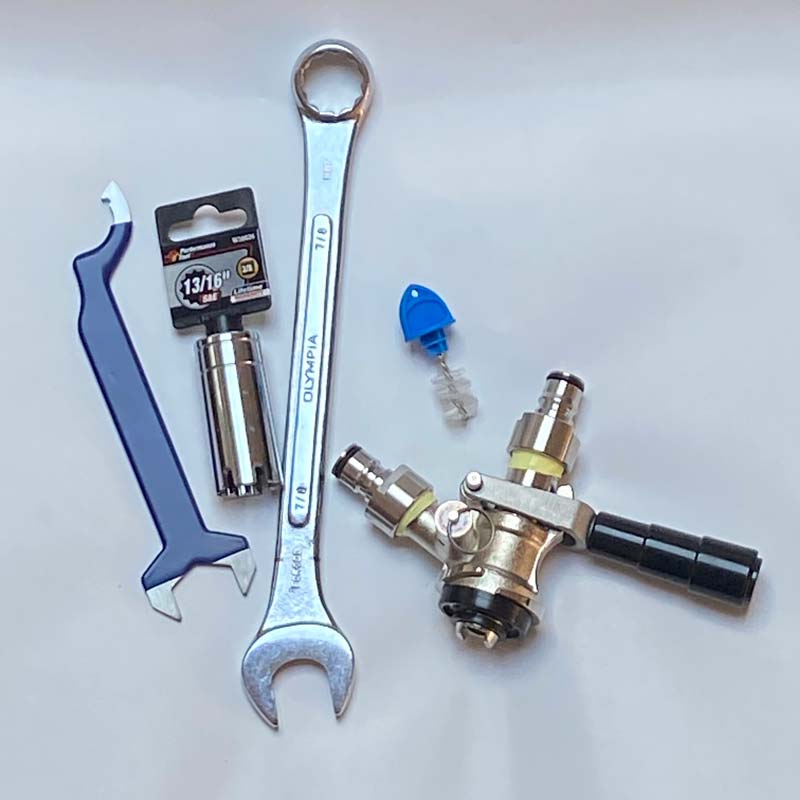
Preparing the keg
Clean and sanitize your keg before filling it. Use a good stainless steel detergent such as sodium percarbonate or PBW (Powdered Brewery Wash). If possible, you may want to partially fill the keg with boiling water before beginning the cleaning process. Allow the boiling water to pasteurize the keg for a while, then top with cold water and add your cleaner. For sanitizing, use a food-safe, no-rinse sanitizer such as iodophor or a phosphoric acid-based product. StarSan is a good choice because its foaming ability is also handy for pressure checking your system for leaks.
Before you fill the keg, you should displace the oxygen by pushing a full keg of water or sanitizing solution with your inert gas. Vent the pressure using the lid relief valve. Now you may transfer the wine by siphon. Seal the keg lid so it’s ready for pressure. Pressurize to 10–12 PSI then vent a few times to remove air from the headspace that may have entered during transfer.
Pressure Checking for Leaks
DON’T SKIP THIS STEP. We’ve seen many sad faces of customers returning to our store with empty gas canisters, still uncertain how their gas got away from them. Unless you are going to leave your gas tank turned off at the main valve at all times, we recommend you perform the following procedure on pressure checking a draft system.
Tools and Supplies:
- Yellow Teflon tape
- Spray bottle
- StarSan sanitizer
- Bucket full of water
- Wrenches
Screwdriver or crimper tool (as appropriate)
Step by Step:
- Prepare a spray bottle with a dilute solution of StarSan.
- Turn on your draft system and set the regulator very high, around 50 PSI. This high pressure is used to expose small leaks that you might have difficulty identifying under lower pressure.
- Any fittings at the end of hoses can be submerged in the bucket of water. Watch for bubbles to emerge from the fittings. If you see any, tighten up those hose clamps and/or investigate whether the fittings themselves are holding pressure as needed.
- For other parts of your draft system, such as the gas tank and regulator, which cannot be submerged in water, you will use the spray bottle. StarSan is a foamy no-rinse sanitizer. Spray all the threaded connections and hose connections remaining in the system. Watch for bubbles in the sanitizer. If you identify a leaky pipe thread connection, disassemble that connection and wrap the threads with yellow gas Teflon, which is thicker than the more common white Teflon tape. If the connection between the regulator and the gas tank is leaking, DO NOT USE TEFLON. For CO2 tanks, that connection requires a rubber gasket, which should be replaced.
- When no more leaks can be identified at the tank, regulator, hose connections, or disconnects — you are all set! Proceed with confidence.
Storing and Serving the wine
The kegs should be placed in a conditioned space with temperature needs as follows:
- For still red wines: 50–55 °F (10–13 °C)
- For still white wines: 40–45 °F (4–7 °C)
- For sparkling wines: 32–38 °F (0–3 °C)
Set the regulator pressure as needed for your type of wine:
- For still red and white wines using argon or nitrogen: 5–10 PSI
- For sparkling wines: 10–30 PSI (based on your preference for carbonation level)
One important aspect about serving sparkling wine revolves around the tubing length between the keg and the faucet, called balancing the draft system. That is a bit beyond the scope of this article, but we recommend the following: https://byo.com/article/balancing-your-draft-system/
Faucet Options
The serving faucet can be a simple “picnic faucet,” a more glamorous stainless faucet installed onto a shank, or a draft tower.
Picnic faucets: These are made of plastic and work fine. If you are making sparkling wine, the picnic tap 2.0 is a great option because its flow restrictor slows the pour.
Stainless faucets and shanks: These can be installed into any fridge door or wooden wall. Extended spout faucets are popular for wine dispensing and give a look that is distinctly different than the typical beer faucet. Be certain to avoid chromed brass parts that will corrode with wine exposure.
Stainless draft tower: These are an option if you are working with a converted chest freezer (on a temperature override controller) as your temperature conditioned space, or building a bar in your home. They can be mounted onto the top door of the freezer or on top of the bar.
Bottling from a Keg
Bottling the wine from your keg system is a simple matter for still wines — just hold the open wine bottle up to the faucet and fill it up. We highly recommend, however, that just before you fill it, you first purge the air out of the bottle with your inert gas. For this, you should have a gas purge wand that can be connected to the gas source. Purge, fill, and cork it. It’s ready to party!



